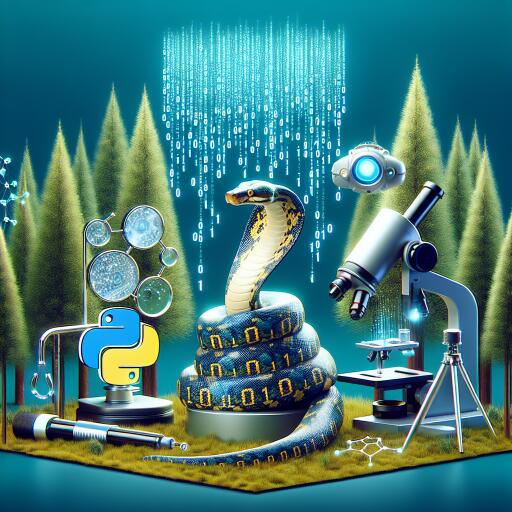Python for Data Science: Harnessing Key Tools and Techniques
In the expansive field of data science, Python emerges as an indispensable programming language, integral for tackling a wide array of tasks, from data analytics to natural language processing. The journey to mastering data science with Python extends beyond acquiring language proficiency—it demands a comprehensive grasp of its vast ecosystem, including frameworks, tools, and the ability to apply this knowledge in real-world scenarios. Understanding Python’s role within data science paves the way to exploring the endless possibilities this domain offers.
The Cornerstone of Python in Data Science
At the heart, a data science professional’s mission is to harness data, applying analytical skills to glean insights that propel the objectives of businesses and projects forward. Mastery of Python’s core concepts and its syntactical nuances is paramount for developing robust code and for effective collaboration within multidisciplinary teams.
Data manipulation and analysis are pivotal; data analysts frequently dedicate a significant portion of their time to extract-transform-load (ETL) processes before diving into data analysis or modeling. This necessitates proficiency in Python for preprocessing, handling, and analyzing data of varying sizes and forms. Moreover, leveraging libraries like PySpark and developing custom libraries for handling diverse data types, such as text or images, becomes essential.
Visualizing Data with Python
Data visualization stands as a critical element in data science, enabling researchers to extract meaningful information, identify trends, and communicate findings effectively. Familiarity with Python’s visualization tools, like Matplotlib for creating a range of static, animated, and interactive visualizations, and Seaborn for generating attractive statistical graphs, is crucial. Data scientists also benefit from exploring visualization libraries such as Plotly, Bokeh, Altair, and Vega, enhancing their storytelling capabilities through data.
Storing and Retrieving Data
Managing large-scale datasets efficiently is paramount, necessitating knowledge of various storage and retrieval methods. Python offers a plethora of options, from flat and CSV files to relational and NoSQL databases, alongside cloud storage solutions like Amazon S3, Google Cloud Storage, and Azure Storage, with libraries facilitating interaction with these platforms.
Pandas: The Powerhouse Library
The pandas package stands out as an essential tool for data scientists and analysts, offering robust functionalities for data manipulation and analysis with its high-performance data structures. It streamlines tasks such as data cleaning, processing, and wrangling, making it a cornerstone in the data science workflow.
NumPy: The Numerical Backbone
NumPy enriches Python with the capability to perform sophisticated mathematical operations on multi-dimensional arrays, crucial for handling large datasets efficiently. Its provision for array manipulation, linear algebra, and matrix operations underscores its relevance in numerical computations within data science.
Embracing AI and Machine Learning
Understanding machine learning and artificial intelligence is vital for data scientists. Python stands at the forefront of machine learning, offering libraries and tools like TensorFlow and PyTorch for constructing deep learning models that navigate complex data patterns autonomously.
Web Frameworks for Data Science
Knowledge of web frameworks such as Flask and Django is essential for developing and deploying web applications. These frameworks simplify the development process, providing built-in solutions for common tasks, thereby allowing data scientists to focus on delivering value through their applications.
Frontend Technologies for Data Science Applications
Creating successful web applications necessitates a strong foundation in front-end technologies. Python developers should be well-versed in HTML, JavaScript, and CSS to build the structural and interactive elements of web pages, enhancing the user experience of data science applications.
Python’s expansive ecosystem offers data scientists a comprehensive toolkit, bridging the gap between data analysis and actionable insights. Through its vast libraries and frameworks, Python facilitates not only the manipulation and interpretation of data but also the effective communication of findings, making it an unrivaled tool in the realm of data science.









